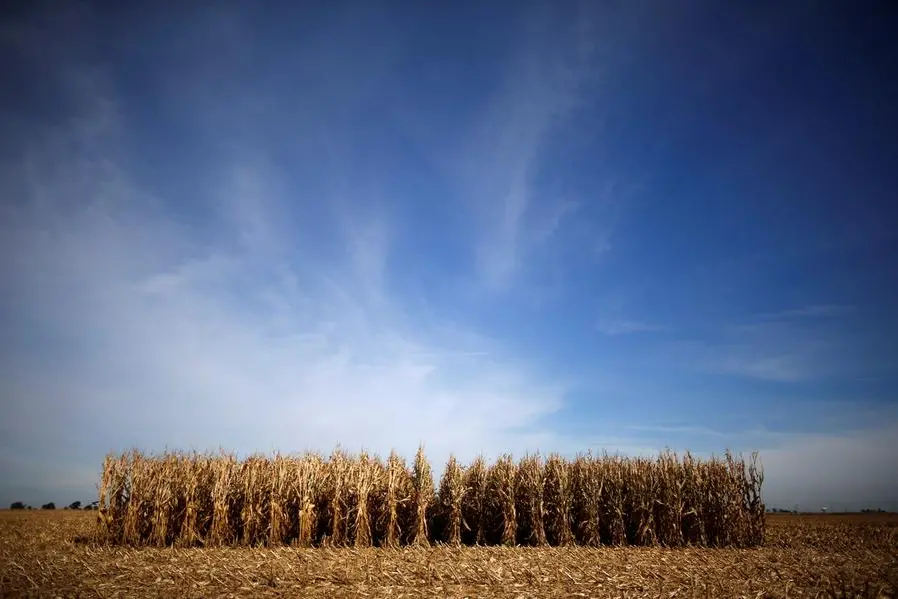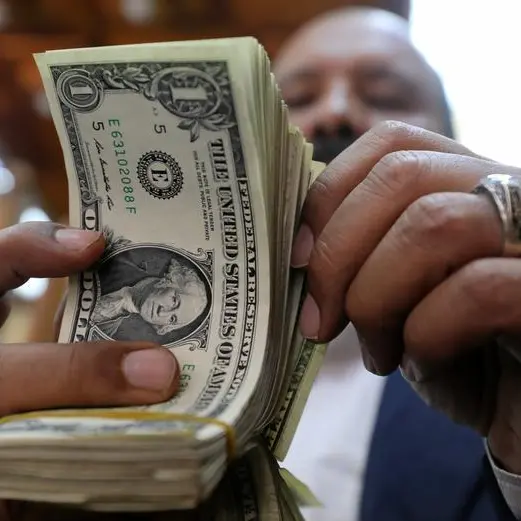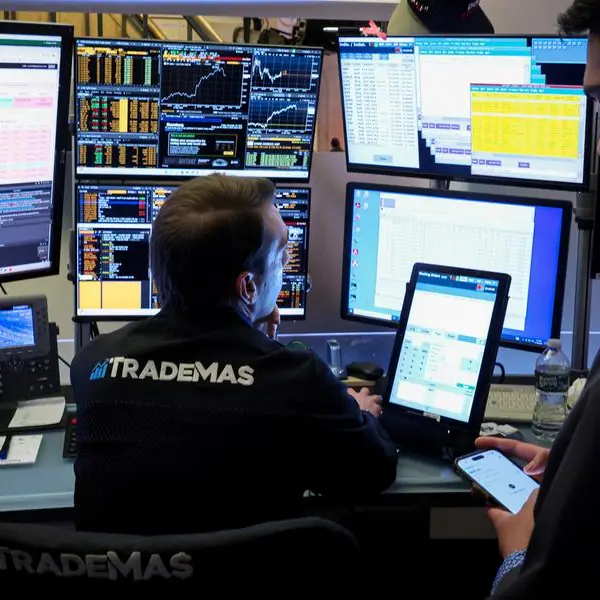PHOTO
(The opinions expressed here are those of the author, a market analyst for Reuters.)
NAPERVILLE, Illinois - Throughout 2024, both supply and price trends in the U.S. corn market have been compared to those of 2014, and there is yet another similarity to add to the list.
Last Friday, the U.S. Department of Agriculture raised domestic corn yield to 183.8 bushels per acre, marking the third consecutive month in which the agency’s U.S. corn yield peg edged upward.
The last time U.S. corn yield estimates rose in each month over this same stretch was in 2014. Similar to the 2024 expectation, the final 2014 corn yield reflected a notable jump from the previous national record.
Aside from this yield pattern, 2024 has probably not tracked as closely with 2014 as analysts were thinking earlier in the year. But there still may be enough similarities that the transition into 2015 is worth examining to gauge possible scenarios for 2025.
STOCK GROWTH
The major jump in U.S. corn supplies in 2024 from 2023 has been one of the most obvious linkages to 2014. Ending stocks for 2013-14 and 2023-24 each represented four-year highs, but they both came in notably lighter than earlier forecasts.
That meant that the supply increases versus the previous marketing years were also tighter than expected. A year ago, USDA thought 2023-24 U.S. corn ending stocks would be 55% stronger than in 2022-23, but they actually rose by 29%.
This misjudgment was even more severe in 2013-14, and both instances were driven by overly light demand assumptions early on. A similar trend was observed at the end of 2014-15, though a smaller-than-expected crop also contributed to the weaker supply growth.
USDA currently expects 2024-25 ending stocks to be nearly 14% above the 2023-24 levels. Based on the previous analysis, final stocks may rise by less than 14%, if at all, though this may not be a large enough deviation for the same logic to apply.
PRICE TWINS
CBOT corn futures throughout mid-2024 were tracking similarly to those of 2014, also sparking the comparisons between the years. December corn fell more than 9% in June of both 2014 and 2024 as strong U.S. harvests became more probable.
The 2014 analog suggested corn could fall yet another 24% over the next three months, but futures ended the three-month period through September 2024 up 2%, partly driven by global crop concerns.
December corn has weakened 5% so far this month, but it bounced on Thursday to settle at $4.06-3/4 per bushel, above the $3.85 contract low set in late August.
Conversely, most-active CBOT corn futures through the end of 2014 rose as much as 30% from their Oct. 1 low, helped by strength in both wheat and soybeans.
HEDGE FUNDS
Throughout much of 2023, large speculators held very similar views as they did in 2013, but that completely deviated at the start of 2014. They established a net long in CBOT corn futures and options in February 2014 and did not turn bearish again for another 13 months.
This year has been largely characterized by money managers’ record bearish bets, which may have eventually derailed the price trend similarities between 2024 and 2014. But as of last week, funds’ corn view was near flat and their least bearish in 14 months.
This brings 2024 and 2014 much closer together, though funds built up their bullish corn view in late 2014 and started 2015 with a net long in excess of 200,000 futures and options contracts.
CROP ADJUSTMENTS
U.S. corn yield of at least 183 bpa may seem like a foregone conclusion since that outlook has held three months in a row. But U.S. corn yield can still stump analysts as late as January, when USDA offers semi-final production figures.
Corn yield fell outside of the range of trade estimates in three of the last six Januarys.
That also happened in 2014, as final yield was weaker than earlier ideas. Yield in January 2015 was pegged 3.2 bpa lower than in October, which featured the highest print of the season.
Just for fun, a similar reduction in 2024 would be worth 266 million bushels but would still safely include a new record yield. Without any other balance-sheet changes, this would cut 2024-25 ending stocks to 1.73 billion bushels, ironically identical to 2014-15.
While the lighter supply scenario still represents plentiful stocks, it is well below the psychological benchmark of 2 billion bushels, often considered oversupply territory by traders.
Thinner stock levels may more easily justify any weather- or demand-driven rallies throughout 2025, but that could also depend on how large speculators position themselves to finish off 2024. Karen Braun is a market analyst for Reuters. Views expressed above are her own.
(Writing by Karen Braun Editing by Matthew Lewis)























